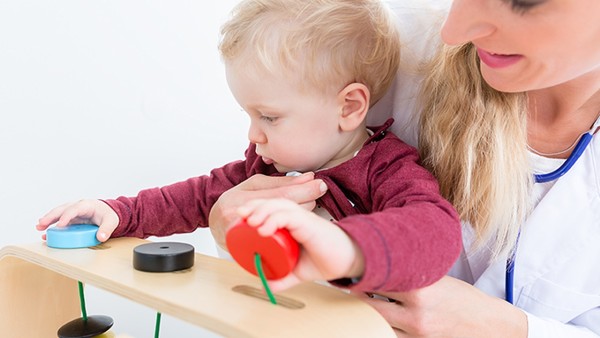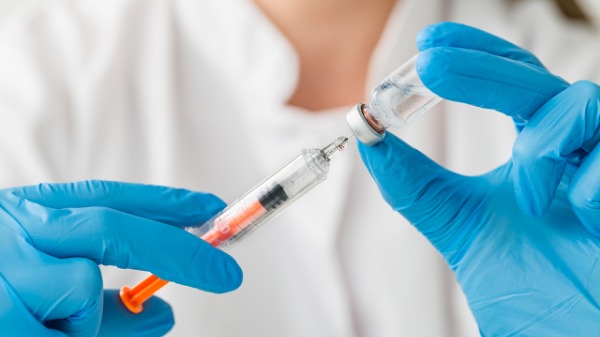Methods to Return Uterine Horns to Normal Position During Pregnancy

The uterus is a pear-shaped organ that sits in the lower abdomen. It is divided into two halves, or horns, which are connected at the top. During pregnancy, the uterus grows and expands to accommodate the growing fetus. In some cases, the uterine horns may not grow evenly, which can lead to a condition called uterine torsion.
Uterine torsion is a serious condition that can occur during pregnancy. It occurs when one or both of the uterine horns twists on its axis. This can cut off the blood supply to the uterus and the fetus, which can lead to miscarriage or stillbirth.
There are a number of different methods that can be used to return uterine horns to normal position during pregnancy. The best method will depend on the severity of the torsion and the stage of pregnancy.
Manual repositioning
Manual repositioning is a non-invasive procedure that can be used to correct mild cases of uterine torsion. This procedure is performed by a healthcare provider who will gently manipulate the uterus to return it to its normal position. Manual repositioning is usually successful in correcting uterine torsion in the early stages of pregnancy.
Surgical repositioning
Surgical repositioning is a more invasive procedure that is used to correct severe cases of uterine torsion. This procedure is performed under general anesthesia and involves making an incision in the abdomen to access the uterus. The healthcare provider will then manually reposition the uterus and secure it in place with sutures. Surgical repositioning is usually successful in correcting uterine torsion in the later stages of pregnancy.
Medications
Medications may be used to help relax the uterus and relieve pain associated with uterine torsion. These medications may include:
Muscle relaxants
Pain relievers
Sedatives
Prevention
There is no sure way to prevent uterine torsion. However, there are a few things that women can do to reduce their risk of developing this condition, including:
Getting regular prenatal care
Avoiding activities that could put stress on the uterus, such as heavy lifting or contact sports
Maintaining a healthy weight
Eating a healthy diet
Getting enough rest
Symptoms of Uterine Torsion
Uterine torsion can cause a variety of symptoms, including:
Abdominal pain
Vaginal bleeding
Nausea
Vomiting
Diarrhea
Constipation
Urinary incontinence
Fever
Chills
If you are experiencing any of these symptoms, it is important to seek medical attention immediately.
Treatment of Uterine Torsion
The treatment of uterine torsion will depend on the severity of the condition. In mild cases, manual repositioning may be sufficient to correct the torsion. In more severe cases, surgical repositioning may be necessary.
Prognosis for Uterine Torsion
The prognosis for uterine torsion depends on the severity of the condition and the stage of pregnancy at which it occurs. If the torsion is corrected early, the prognosis is good. However, if the torsion is not corrected, it can lead to miscarriage or stillbirth.
Conclusion
Uterine torsion is a serious condition that can occur during pregnancy. However, with early diagnosis and treatment, the prognosis is good. If you are experiencing any symptoms of uterine torsion, it is important to seek medical attention immediately.
The above is all the content that the editor wants to share with you. I sincerely hope that these contents can bring some help to your life and health, and I also wish that your life will be happier and happier.
Topic: #return #uterine #methods











